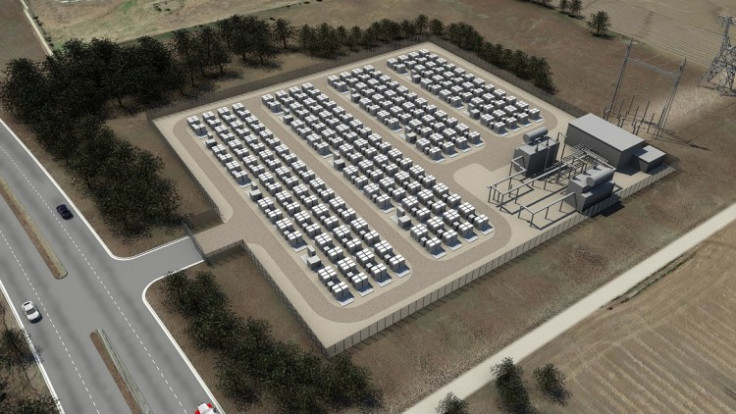Amazon and Target begin tests of Tesla's Powerpack battery system

Tesla's recently announced Powerpack battery system for homes and businesses has already attracted interest from major US retailers, including Amazon and Target.
Pilot programs using Tesla's 100 kWh batteries are already underway at the Amazon Web Services (AWS) platform in Northern California.
The new energy storage system is designed to reduce reliance on the electricity grid in the event of a power outage, as well as maximise consumption of on-site power from renewable sources.
"We've been working closely with Tesla for the past year to drive innovative applications of high-capacity battery technology in data centre applications with the ultimate goal of reducing the technical barriers limiting widespread adoption of renewables in the grid," said AWS engineer James Hamilton.
"Batteries are important for both data centre reliability and as enablers for the efficient application of renewable power. They help bridge the gap between intermittent production, from sources like wind, and the data centre's constant power demands."
The 100kWh units are capable of delivering between two and four hours of continuous power using "grid tied bi-directional inverters", according to Tesla, and could help companies switch to exclusively relying upon renewable energy sources like solar.
One of the biggest barriers to renewable energy adoption is that it does not provide a consistent enough supply over the long term.
By storing excess energy in the Powerpack battery systems, businesses and homes can more easily transition to using power generated from renewable energy sources.
"Tesla energy storage systems deliver broad application compatibility and streamlined installation by integrating batteries, power electronics, thermal management and controls into a turn key system," Tesla said in a statement.
"Tesla's energy storage allows businesses to capture the full potential of their facility's solar arrays by storing excess generation for later use and delivering solar power at all times."
© Copyright IBTimes 2025. All rights reserved.






















